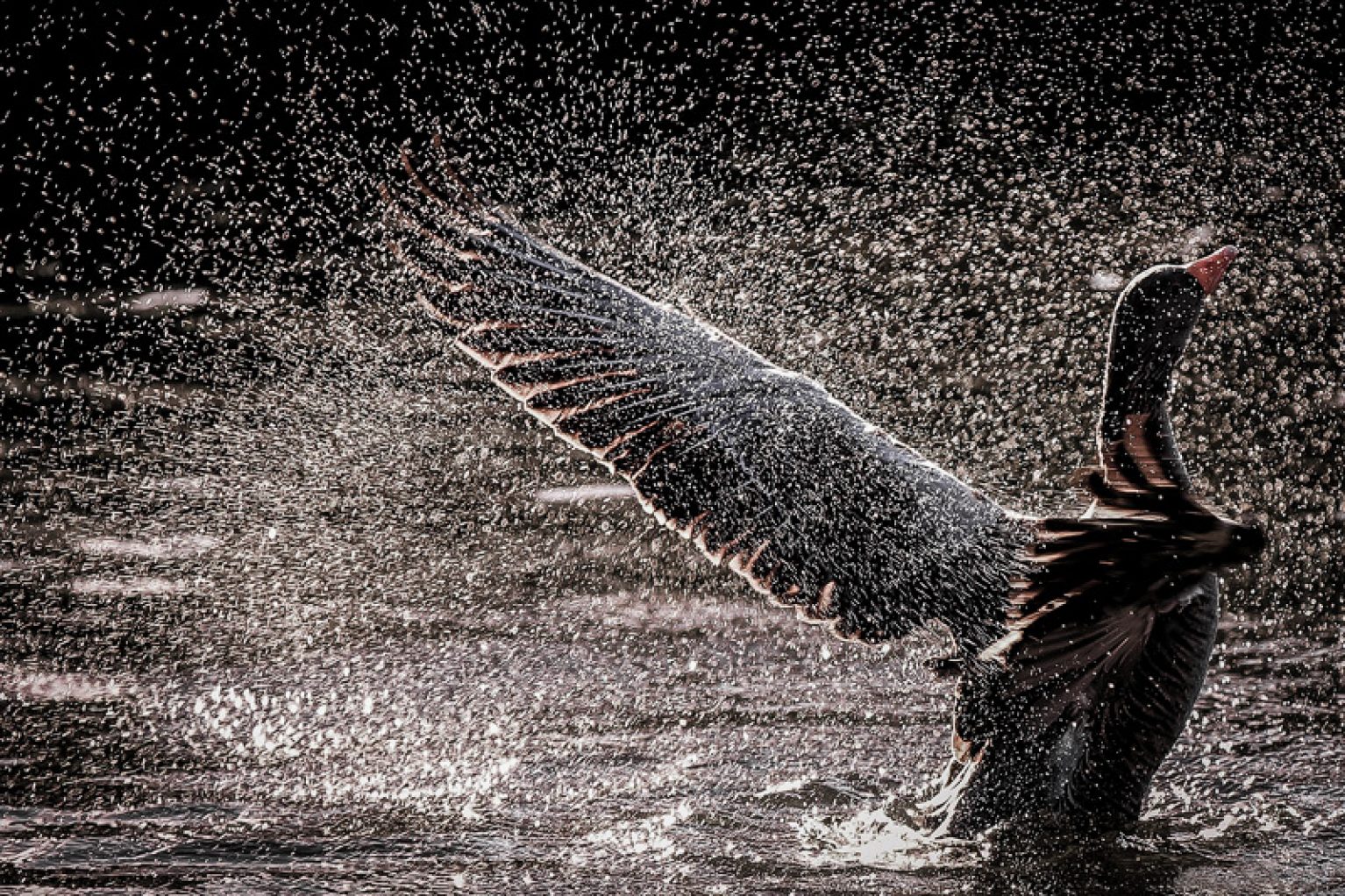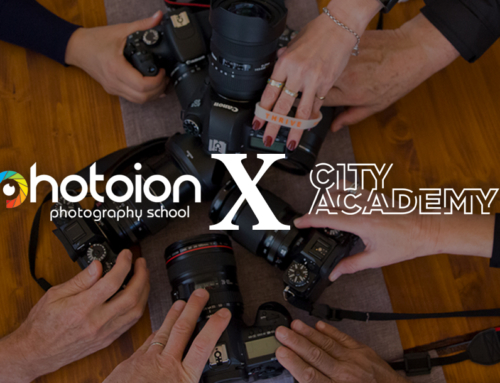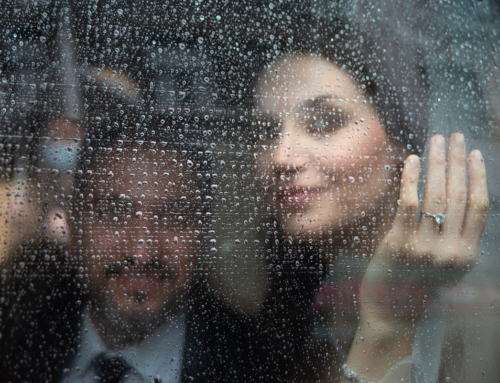Clive Seymour is our first place winner of the Photoion Awards 2015, with the image ‘Water off a ducks back?’. We sat down with them to learn about their journey as a photographer; how they started, what their inspiration is, and where they see themselves going as they develop their craft.
Why did you choose photography? What was it that made you fall in love with this art form?
Photography is a bit of a family tradition. My father was a photographer in Malta during WW11, my nephew was a photographer at London Zoo, and my brother is a keen photographer as well. I cannot draw a straight line, saw a piece of wood, or come to that, cut a slice of bread; so I needed an artistic outlet that did not require those skills. Photography fulfills that desire in me, and it is now more than just a hobby, it’s a passion.
How long have you been practicing photography?
I have probably been taking pictures for nearly 40 years (one of these days I will get it right!) my first camera was a little Olympus Trip, but it is only in the last 15 years that I have become serious about it. I was lucky that for a long while I lived with an artist and she really taught me to “see”. I then retired and now live, eat, and breath photography.
Which photographer is your biggest source of inspiration? Who do you look up to the most? (They don’t need to be famous.)
I try to get inspiration from many photographers. I once said to Ion Paciu “I love your work, but I do not want to be a poor imitation of you, I want to be the best photographer I can be”…..it is still a work in progress! If you still press me to pick one photographer, it would be the American Photographer, Dorothea Lange. Lange is best known for her photographs taken during the Depression-era. For me, her pictures show a humanity, I cannot explain it, it is just a feeling I get looking at her images.
If you could choose a single image that moves you the most, that you look at and think “That is why I take photographs”, what would it be?
I am going to cheat! I have two images that haunt me and I cannot leave one out. The first is without doubt Steve McCurry’s 1984 image of the Afghan girl. Her eyes just burn into your soul. The second is by photographer Huynh Cong Ut. The name will not mean much to many photographers, but his black and white image of a nine year old Vietnamese girl running towards the photographer after her village was bombed using napalm I am sure will be known to many. It’s a picture that shocked the world.
Do you have a favorite type of photography (portraits, black and white, landscapes etc.)?
I enjoy most styles of photography, but at present I am really enjoying Black and White images.
In what way has attending the Photoion courses improved your skills?
Wow! Where does one start, I think it is the passion and love of photography that comes from being on the Photoion courses that is the first thing that is noticeable. Then taking back the very practical advice that I was given and applying it to my own photography. It also reinforced my view that it is vital to be able to “see” as a photographer.
If you could capture an image of anyone, past or present, who would you choose, and what type of image would you take? And why?
It would be a photograph one of my heroes, Jean “Django” Reinhardt, the famous Gypsy guitarist. You can imagine the scene – a small, darkly lit, smoky bar; one spotlight flooding down onto Django. The crowd hushed and then the opening bars of Minor Swing….The decisive moment, and bang, I get the shot. Other people have taken similar images but mine would be the one that others would say “that photo by that Gypsy photographer – what’s his name? – is iconic. An iconic shot of an iconic man.
What does it mean to you to be included in this book?
I feel very humbled and would like to congratulate all my fellow photographers as well, not just for getting your images in the book (though that does deserve praise) but because you went out there, saw an image, and created something wonderful. Nice one! As for me, knowing that the standard of entries was extremely high and the judges chose my image, well, it does not get any better than that.
Tell us about your plans for photography in the future?
To continue to take photographs, to evaluate them, and never stop learning. But most of all to continue to enjoy what I do.




Leave A Comment